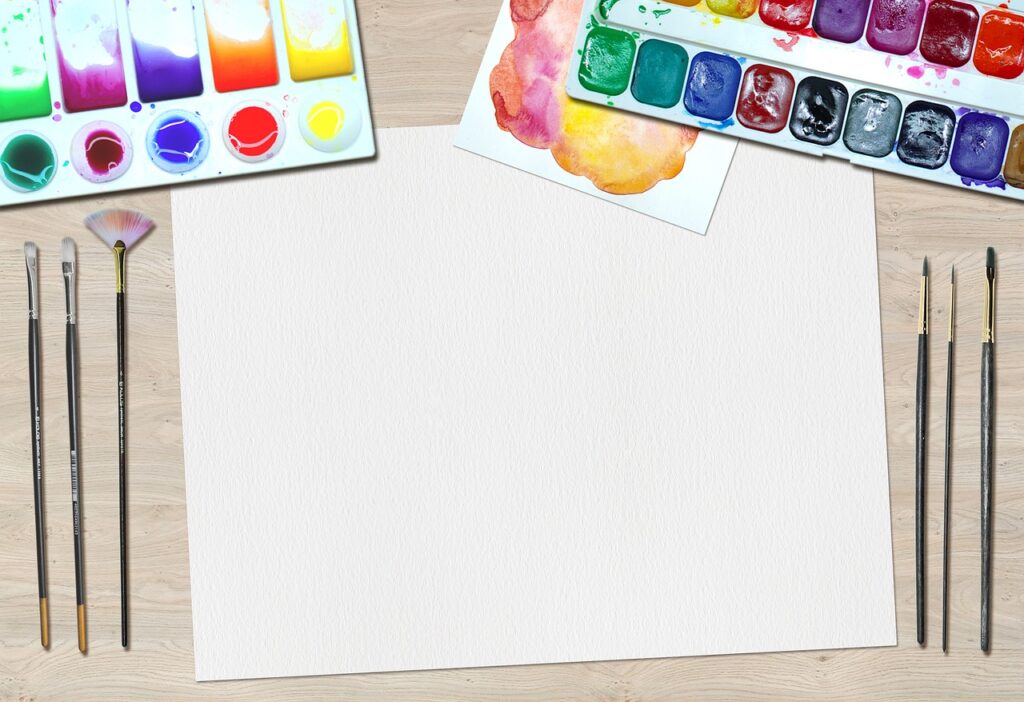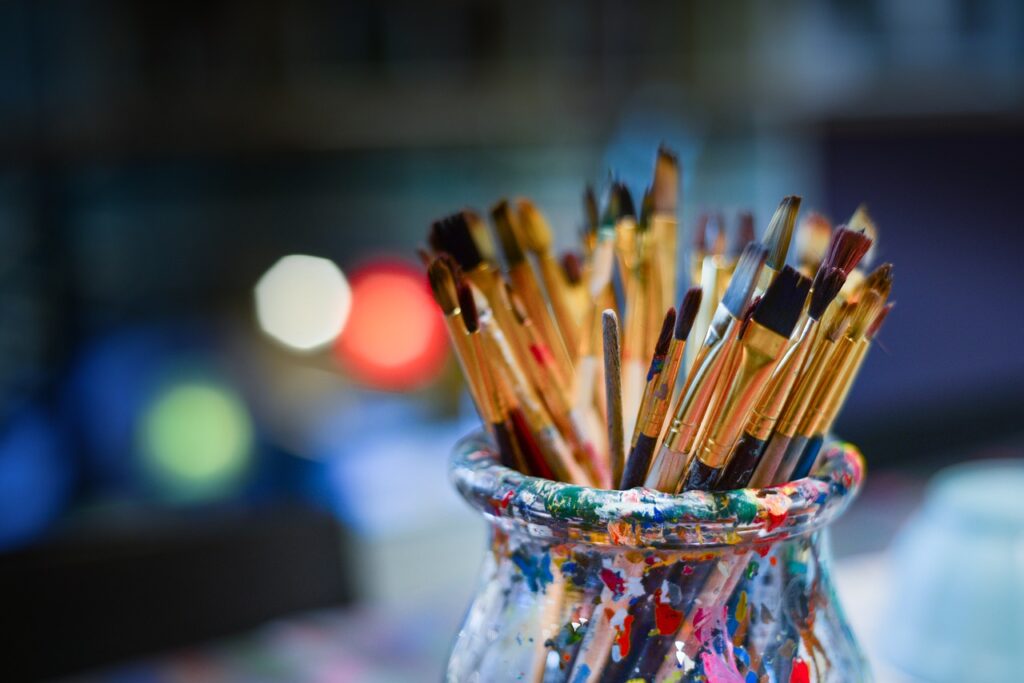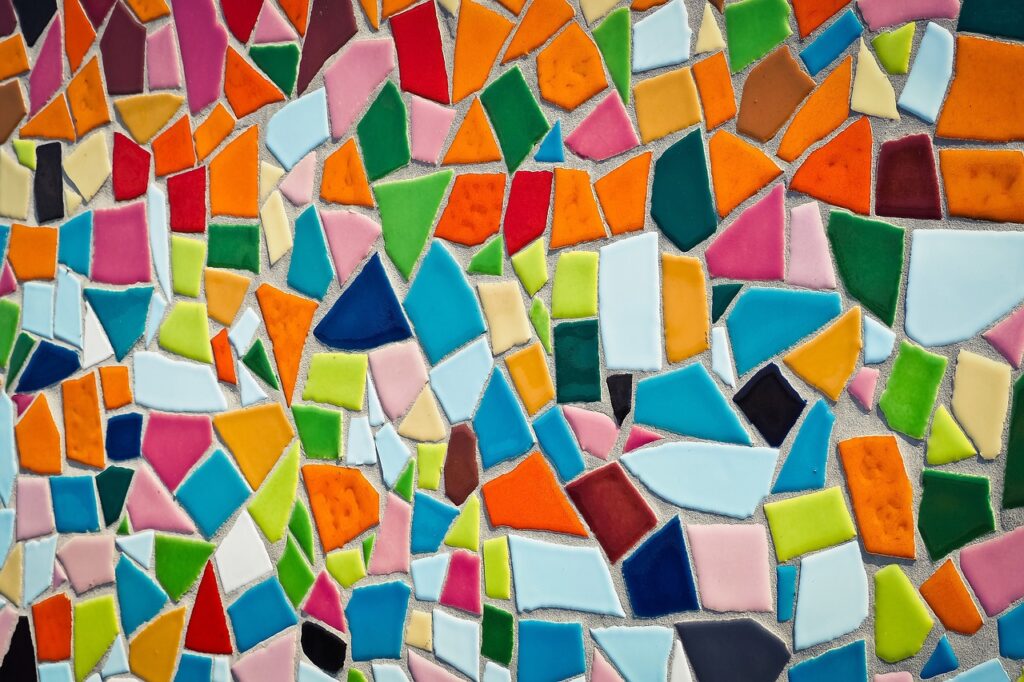Arts play a crucial role in enriching society, fostering creativity, and enhancing cultural understanding. The diverse world of art careers offers opportunities for individuals to express themselves and contribute to the appreciation of beauty, history, and cultural heritage.
There are numerous art careers spanning industries such as visual arts, performing arts, digital design, media, and entertainment. Each career path offers unique opportunities for creative expression, collaboration, and impact on society.
Types of Art Careers
The world of art careers is diverse and expansive, offering numerous opportunities for creative individuals to express themselves and make a meaningful impact on society. In this section, we will explore various types of art careers, covering fields such as visual arts, performing arts, design, media and entertainment, and art education and curation.
Visual Arts
Visual arts careers encompass a wide range of disciplines that involve creating and showcasing artistic works. These professions often require a strong foundation in artistic techniques, as well as knowledge of various tools and materials. Some popular visual arts careers include:
- Painter: Artists who create visual art using paint as their primary medium. Painters may work with various materials, such as canvas, paper, or wood, and may specialize in a particular style or subject matter.
- Illustrator: Professionals who create images to visually represent ideas, concepts, or stories. Illustrators often work in industries such as publishing, advertising, and graphic design, creating artwork for books, magazines, websites, and other media.
- Graphic Designer: Designers who combine artistic and technical skills to create visual content for various media, such as print, digital, and social media. Graphic designers may work on projects such as branding, marketing materials, and website design.
Performing Arts
Performing arts careers involve the creation and execution of live performances, such as theater, dance, and music. These professions often require a combination of talent, training, and dedication to the craft. Some common performing arts careers include:
- Actor: Performers who portray characters in theater, film, television, and other forms of entertainment. Actors may work on stage, screen, or in voice-over roles, and often collaborate with directors, writers, and other artists to bring stories to life.
- Dancer: Professionals who use movement and physical expression to tell stories and convey emotions. Dancers may perform in various styles, such as ballet, modern, or hip-hop, and often work with choreographers to create and execute routines.
- Musician: Talented individuals who create, perform, and record music using instruments or their voice. Musicians may work as solo artists, as part of a band or ensemble, or in other capacities within the music industry.
Design
Design careers involve the creation of functional and aesthetically pleasing spaces, products, or experiences. These professions require a combination of artistic and technical skills, as well as an understanding of various materials and processes. Some popular design careers include:
- Interior Designer: Professionals who plan and design indoor spaces, such as homes, offices, and commercial establishments. Interior designers work with clients to create visually appealing and functional environments that meet their needs and preferences.
- Fashion Designer: Artists who create clothing, accessories, and footwear. Fashion designers may work independently or for clothing brands, and often collaborate with other professionals, such as pattern makers, tailors, and marketers, to bring their designs to market.
- Architect: Designers who plan and create buildings and other structures. Architects work with clients, engineers, and construction professionals to design functional and aesthetically pleasing spaces that meet specific requirements and adhere to building codes and regulations.
Media and Entertainment
Media and entertainment careers involve the creation, production, and distribution of various forms of art and entertainment, such as movies, television shows, and video games. These professions often require a mix of artistic, technical, and organizational skills. Some popular media and entertainment careers include:
- Animator: Artists who create moving images for various media, such as film, television, and video games. Animators may work with traditional hand-drawn techniques or digital tools, and often collaborate with other professionals, such as directors, writers, and sound designers.
- Film and Television Producer/Director: Professionals who oversee the creation and production of movies, television shows, and other audiovisual content. Producers and directors work with a variety of artists and technicians to bring stories to life and ensure a successful final product.
- Game Designer: Creative individuals who design and develop video games for various platforms, such as consoles, computers, and mobile devices. Game designers often work with programmers, artists, and other professionals to create engaging and immersive gaming experiences.
Art Education and Curation
Art education and curation careers focus on the teaching, preservation, and promotion of art and artistic practices. These professions often require a combination of knowledge, passion, and organizational skills. Some common art education and curation careers include:
- Art Teacher: Educators who teach art techniques, history, and appreciation to students of various ages and skill levels. Art teachers may work in schools, community centers, or private studios, and often develop lesson plans and curricula to engage and inspire their students.
- Museum Curator: Professionals who manage and oversee the display, acquisition, and preservation of art and artifacts in museums and galleries. Curators often work with other professionals, such as conservators and archivists, to ensure the proper care and presentation of valuable works of art.
- Art Therapist: Practitioners who use art and creative processes to help individuals cope with and overcome various emotional, cognitive, or physical challenges. Art therapists work in various settings, such as hospitals, schools, and private practices, and often collaborate with other healthcare professionals to provide holistic care.

Skills and Qualifications for Art Careers
To excel in an art career, there are specific skills and qualifications that individuals should possess or develop. These competencies not only help in producing high-quality work but also in navigating the professional landscape of the art world. In this section, we will explore the essential skills and qualifications for art careers, such as creativity and artistic ability, technical skills and knowledge, interpersonal and communication skills, and education and training options.
Creativity and Artistic Ability
At the heart of any art career lies creativity and artistic ability. Individuals need to have a strong foundation in various artistic techniques and a keen sense of aesthetics. This foundational skill set enables artists to effectively express their ideas, emotions, and visions through their work and captivate their audience’s imagination.
Technical Skills and Knowledge
As the art world continues to evolve, so do the tools and technologies that artists use to create their work. Technical skills and knowledge are crucial in many art careers, especially in fields like graphic design, animation, and digital media. Familiarity with industry-standard software, hardware, and techniques can significantly enhance an artist’s capabilities and expand their creative horizons.
Interpersonal and Communication Skills
While art careers often focus on individual creativity, collaboration and communication play a vital role in professional success. Interpersonal and communication skills help artists work effectively with clients, colleagues, and other stakeholders, ensuring that their artistic vision is clearly understood and effectively executed. These skills are also crucial for networking, building a professional reputation, and fostering lasting relationships within the art community.
Education and Training Options
Various educational and training opportunities can help individuals develop the skills and qualifications required for a successful art career. Formal education, such as degrees and certificates from art schools and colleges, can provide a strong foundation in artistic techniques, theory, and history. Apprenticeships, internships, and workshops offer hands-on experience and practical knowledge in specific art fields. Additionally, online learning platforms and community resources can help artists continually hone their skills and stay updated with industry trends and advancements.

Pathways to Art Careers
There are several pathways one can take to pursue an art career, ranging from formal education to networking and building connections. Each path offers unique opportunities and benefits, allowing individuals to tailor their art education and experiences according to their career goals and personal preferences.
Formal Education
Obtaining a formal education in the arts can provide a strong foundation in artistic techniques, theory, and history. Art schools and colleges offer a variety of art degrees and certificates to equip individuals with the necessary skills and qualifications for a successful art career. These programs often cover a wide range of disciplines, allowing students to explore different art forms and find their unique creative voice.
Apprenticeships and Internships
Hands-on experience is invaluable in the art world, and apprenticeships or internships can offer practical knowledge and real-world exposure in specific art fields. These opportunities enable individuals to work alongside experienced professionals, develop their skills, and gain insights into the inner workings of the art industry.
Online Learning and Skill Development
As technology continues to evolve, online learning platforms and resources have become an increasingly popular option for artists looking to develop their skills and stay updated with industry trends and advancements. Online courses, workshops, and tutorials offer flexibility and convenience, allowing individuals to learn at their own pace and tailor their education to their specific needs and interests.
Networking and Building Connections
Building a strong network within the art community is crucial for professional success. Networking allows artists to forge lasting relationships with clients, colleagues, and other stakeholders, leading to collaboration opportunities and potential career advancement. Attending industry events, participating in online forums, and joining professional organizations can all help artists expand their network and establish a solid reputation in their chosen field.
Job Market and Opportunities for Art Careers
The job market and opportunities for art careers are diverse and ever-evolving. This section will delve into the trends and growth in various art industries, opportunities for freelance and self-employment, and the job prospects and salary expectations for artists.
Trends and Growth in Various Art Industries
As the art world continues to evolve, so do the industries within it. New technologies, platforms, and global trends are constantly shaping the landscape of art careers, offering exciting opportunities for growth and innovation. For instance, the rise of digital art and media has opened up new avenues for artists in fields like animation, graphic design, and virtual reality. Additionally, the increasing emphasis on sustainability and eco-friendly practices is driving growth in upcycling and repurposing art, as well as the use of eco-friendly materials and processes.
Opportunities for Freelance and Self-Employment
Many artists are drawn to the flexibility and independence offered by freelance and self-employment opportunities. These options allow individuals to work on a variety of projects, set their own schedules, and develop their unique creative vision. In recent years, online platforms and social media have made it easier for artists to showcase their work, connect with clients, and build a personal brand, further expanding the possibilities for freelance and self-employment in the art world. Some websites where you can find freelance work include Upwork.com and Fiverr.com.
Job Prospects and Salary Expectations
Job prospects and salary expectations for art careers can vary widely depending on factors such as experience, education, location, and industry. Artists need to stay informed about the job market in their chosen field and be prepared to adapt and grow as new opportunities arise. Networking, continuous skill development, and a diverse portfolio can all help improve job prospects and increase earning potential. While art careers may not always offer the most stable income, the personal fulfillment and creative freedom they provide can be invaluable for those who are passionate about their work.

Tips for Success in Art Careers
Embarking on a successful art career requires more than just raw talent and passion. It takes dedication, strategic planning, and adaptability. In this section, we will discuss some key tips for success in art careers, such as developing a strong portfolio, staying updated with industry trends and technology, continuous learning and skill development, and balancing creativity with practicality and market demand.
Developing a Strong Portfolio
A well-curated portfolio is a powerful tool in showcasing your skills and accomplishments to potential clients, employers, and collaborators. It should include a diverse selection of your best work, demonstrating your unique artistic style and range. Regularly updating your portfolio, both online and offline, allows you to put your best foot forward and make a lasting impression on your audience.
Staying Updated with Industry Trends and Technology
As the art world continues to evolve, staying informed of industry trends and advancements in technology is crucial for staying relevant and competitive. Regularly researching, attending events and workshops, and engaging with industry peers can provide valuable insights and keep you updated on the latest developments in your field.
Continuous Learning and Skill Development
As an artist, your skills and expertise are your most valuable assets. Investing in continuous learning and skill development can help you expand your creative horizons and enhance your professional potential. Whether it’s through online courses, workshops, or self-directed practice, always strive to refine your craft and grow as an artist.
Balancing Creativity with Practicality and Market Demand
While artistic expression and creativity are the driving forces behind any art career, it’s essential to balance these with practical considerations and market demand. Understanding the needs and preferences of your target audience, as well as industry trends, can help you create work that resonates with others and has a greater chance of success. This balance ensures that your art not only fulfills your creative vision but also meets the practical requirements of your chosen career path.

Resources for Pursuing Art Careers
Pursuing a successful art career often involves utilizing a variety of resources, such as online platforms and communities, guidance and support from Pathways to Advancement, and financial assistance and scholarships. In this section, we will explore these resources and how they can help artists navigate their careers and achieve professional growth.
Online platforms and communities for artists provide an invaluable resource for networking, skill development, and showcasing work. These platforms offer artists the opportunity to connect with fellow creatives, receive feedback on their work, and discover new techniques and trends in their chosen field. Additionally, these communities often provide access to job opportunities, freelance projects, and collaborations, helping artists to build their careers and expand their professional networks.
Financial assistance and scholarships for art education can make pursuing an art career more accessible and affordable for aspiring artists. These resources may be available from various sources, such as government agencies, educational institutions, and private organizations. By researching and applying for financial aid opportunities, artists can reduce the burden of education costs and focus on developing their skills and advancing their careers.
Unlock Your Artistic Potential
Throughout this guide, we have explored the diverse array of art careers available, emphasizing the importance of aligning your personal interests and skills with your chosen career path. No matter which art field you choose to pursue, Pathways to Advancement is here to support you every step of the way. With our expert guidance, resources, and unbiased advice, you can confidently navigate your artistic journey and achieve your professional goals. Start exploring your education options today by visiting Pathways to Advancement.

